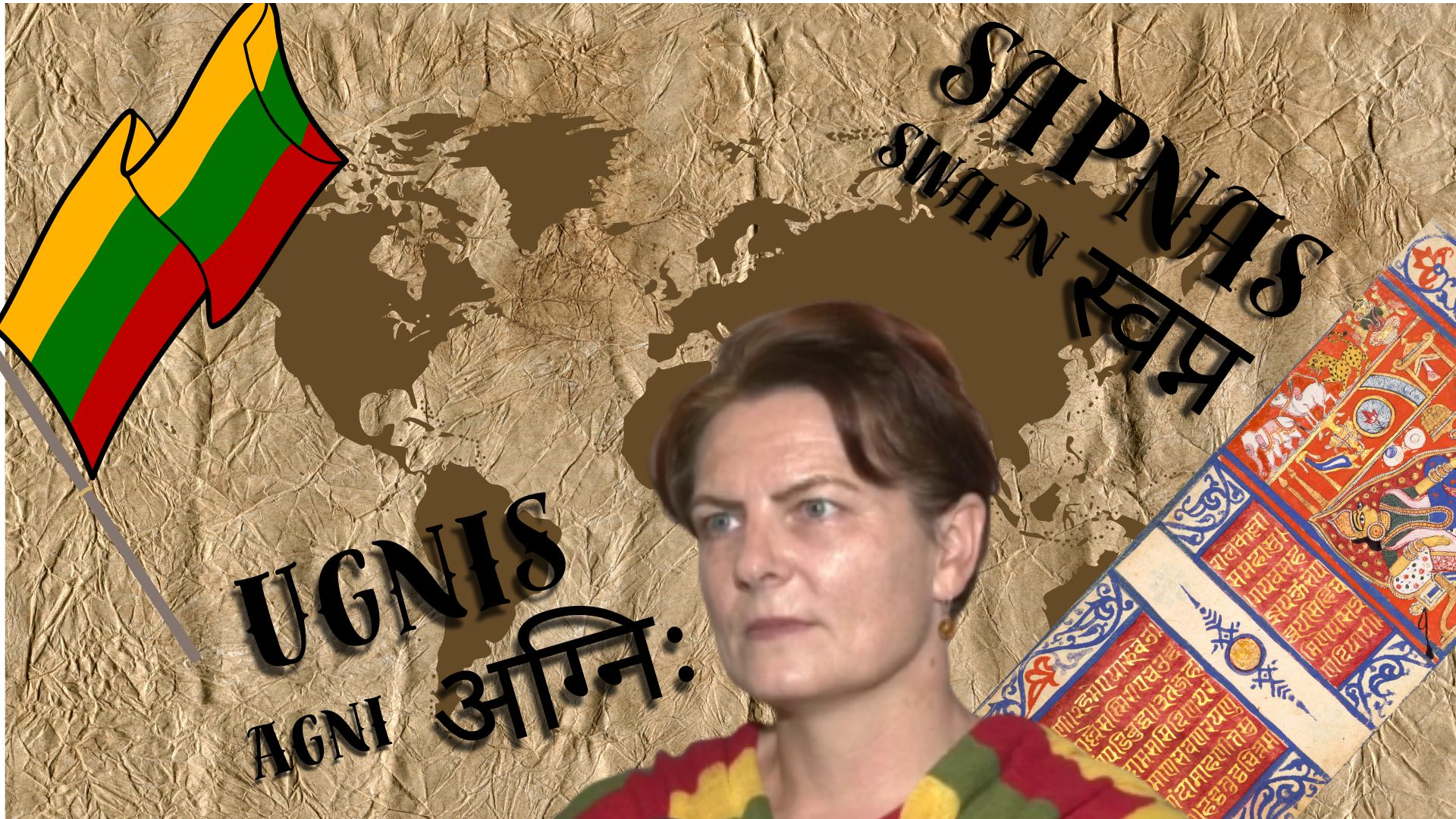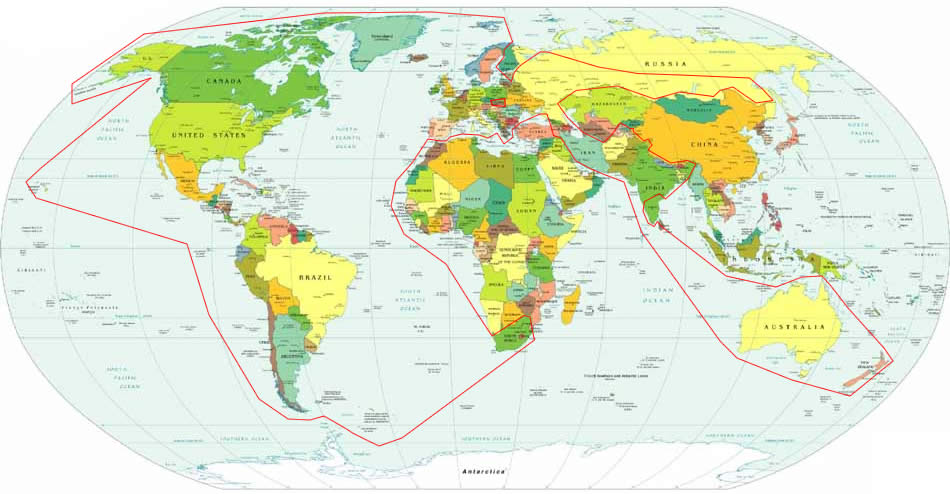Lithuanian envoy to India, speaking Hindi, asks for research on Lithuanian-Sanskrit similarities

Lithuanian envoy encourages research into Indo-European language origins. Photo: DailyO
Have you ever wondered what are the origins of the language you speak? Lithuania is on a quest to find the origins of the Lithuanian language. The Lithuanian Ambassador to India, Diana Mickeviciene, urged more research into the Lithuanian language's mysterious connection with Sanskrit.
Mickeviciene, with a few words in Hindi, spoke about her journey of learning the language so far.
#WATCH | Delhi: Ambassador of Lithuania to India Diana Mickeviciene speaks in Hindi on how she learnt the Hindi language. pic.twitter.com/a1RpKnXC3D
— ANI (@ANI) March 27, 2023
Speaking about Sanskrit, Mickeviciene said it is a well-known fact in Lithuania that their native tongue is the "closest living sister language of Sanskrit". While it is unknown how the connection came to be thousands of years ago, the intention is to bolster research in the field.
The Lithuanian Embassy also started the initiative to paint a wall of the Harcourt Butler School in Delhi with words that are similar in the Lithuanian language and Sanskrit to create more awareness about the fact in India.
Indians are looked at with positivity. I congratulate Indians on their new embassy that will come up in Lithuania next month. It’s a recognized fact that Lithuanian is the closest living sister language of Sanskrit. It is a known fact & we take pride in this: Ambassador of… pic.twitter.com/9YofxEOi3l
— ANI (@ANI) March 27, 2023
This is not the first time however; Lithuania has nurtured closer connections to India on the shared history of language, despite the vast geographical distance between the two countries.
In 2019, Lithuania published a book called History of Lithuania, in Hindi.
Some of the common words between Lithuanian and Sanskrit:
| Lithuanian | Sanskrit | Meaning |
|---|---|---|
| Dievas | Devas | Gods |
| Ugnis | Agnis | Fire |
| Dumas | Dhumas | Smoke |
| Sapnas | Swapn | Dream |
| Dantis | Dantas | Teeth |
| Labhas | Labh | Profit and wealth |
The Lithuanian and Sanskrit connection
This is the mystery, and the mystery of several other languages that the world has been trying to unravel for centuries. About 49% of the world's population today stretching from the Americas, Australia, and Europe to the northern half of the Indian subcontinent speaks languages that descended from a single tongue thousands of years ago.
- Nearly 500 years ago, scholars noticed similarities between languages such as Sanskrit and Latin.
- By at least the 19th century, researchers knew that modern-day Indo-European languages, from English and Lithuanian to Hindi and Gujarati, all have one single origin called the Proto-Indo-European tongue or PIE.

But the question that has remained elusive is: Where and when was the original language born, and who spoke it?
- The Lithuanian language belongs to the Baltic branch of the Indo-European family of languages.
- Sanskrit belongs to the Indo-Iranian branch of the Indo-European family of languages, which now branches into popularly spoken Indian languages such as Hindi, Bengali, Urdu, Punjabi, etc.

- While Indo-European spread to the Americas is related to colonisation, much of how PIE spread across Europe and the northern Indian subcontinent remains a mystery.
- Researchers are still studying whether it was the Anatolian farmers living in what is now Turkey that spread the Indo-European language or if it was the horse-herding nomads living on the Eurasian steppe, Yamnaya, who spread it.
- Then again, it is still unknown who invented the original language.
Lithuania, unlike English and other languages, has more similarities with Sanskrit like Hindi or Urdu, than any other foreign language.

